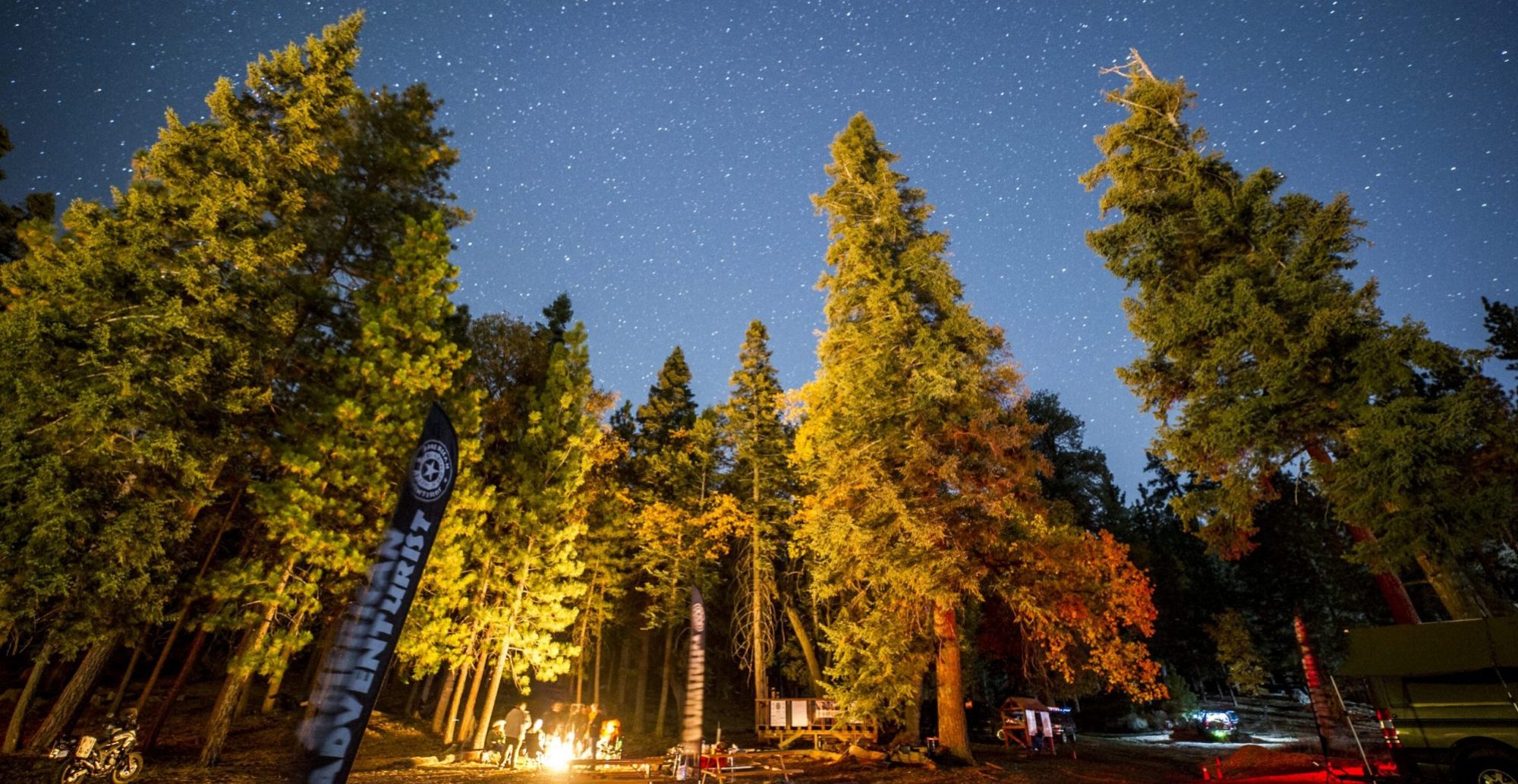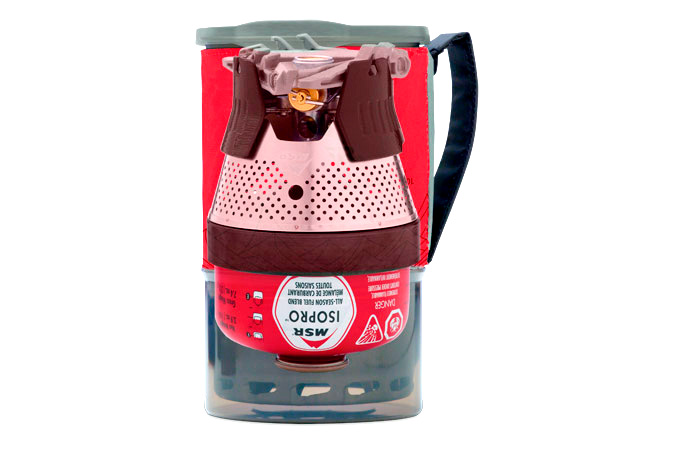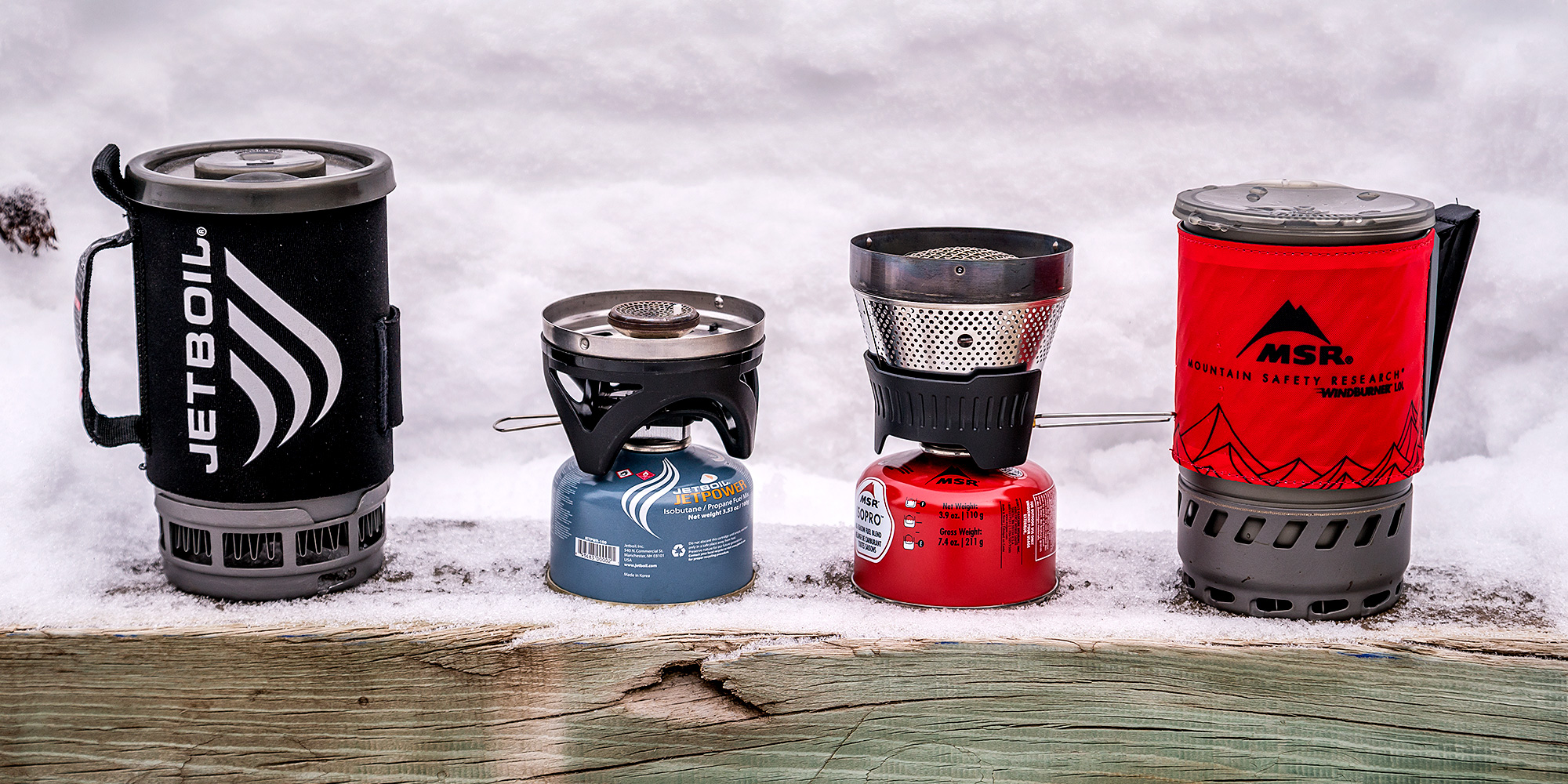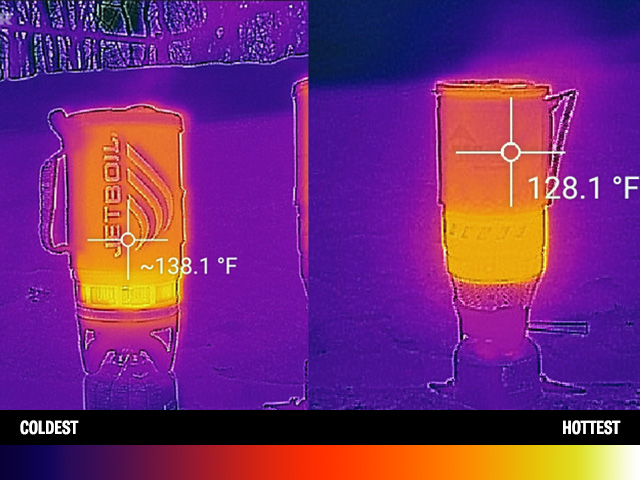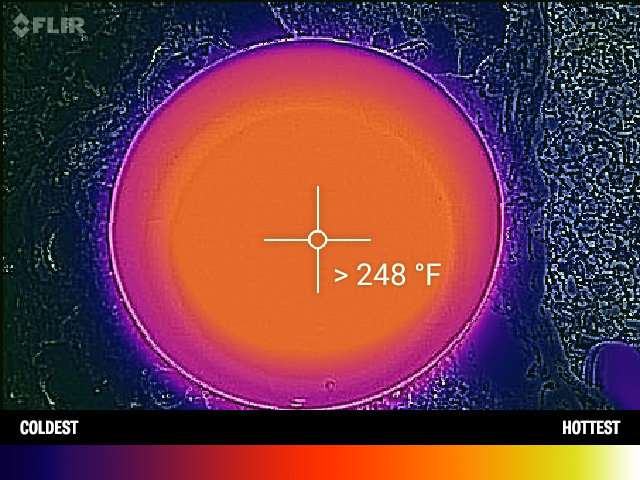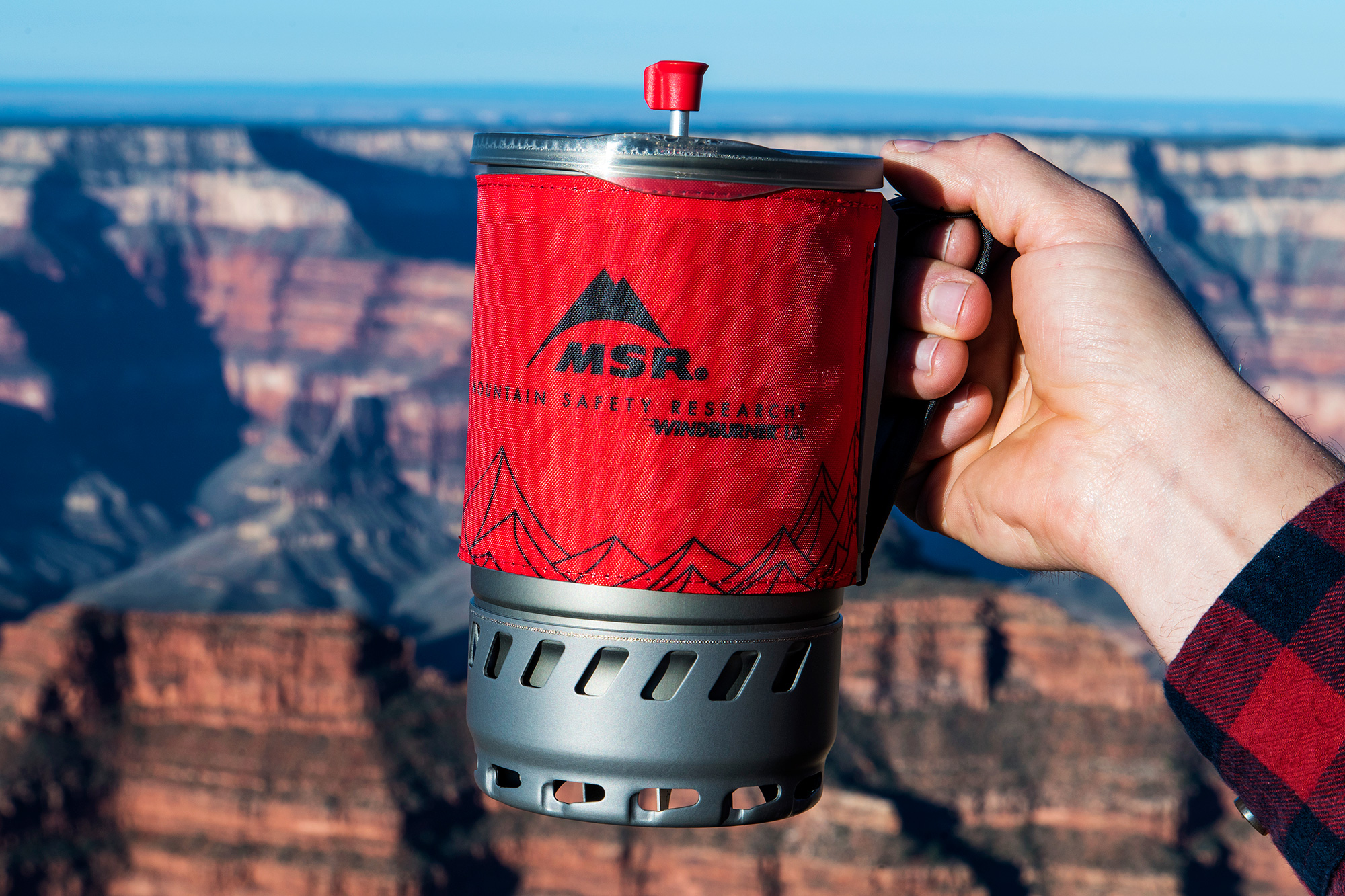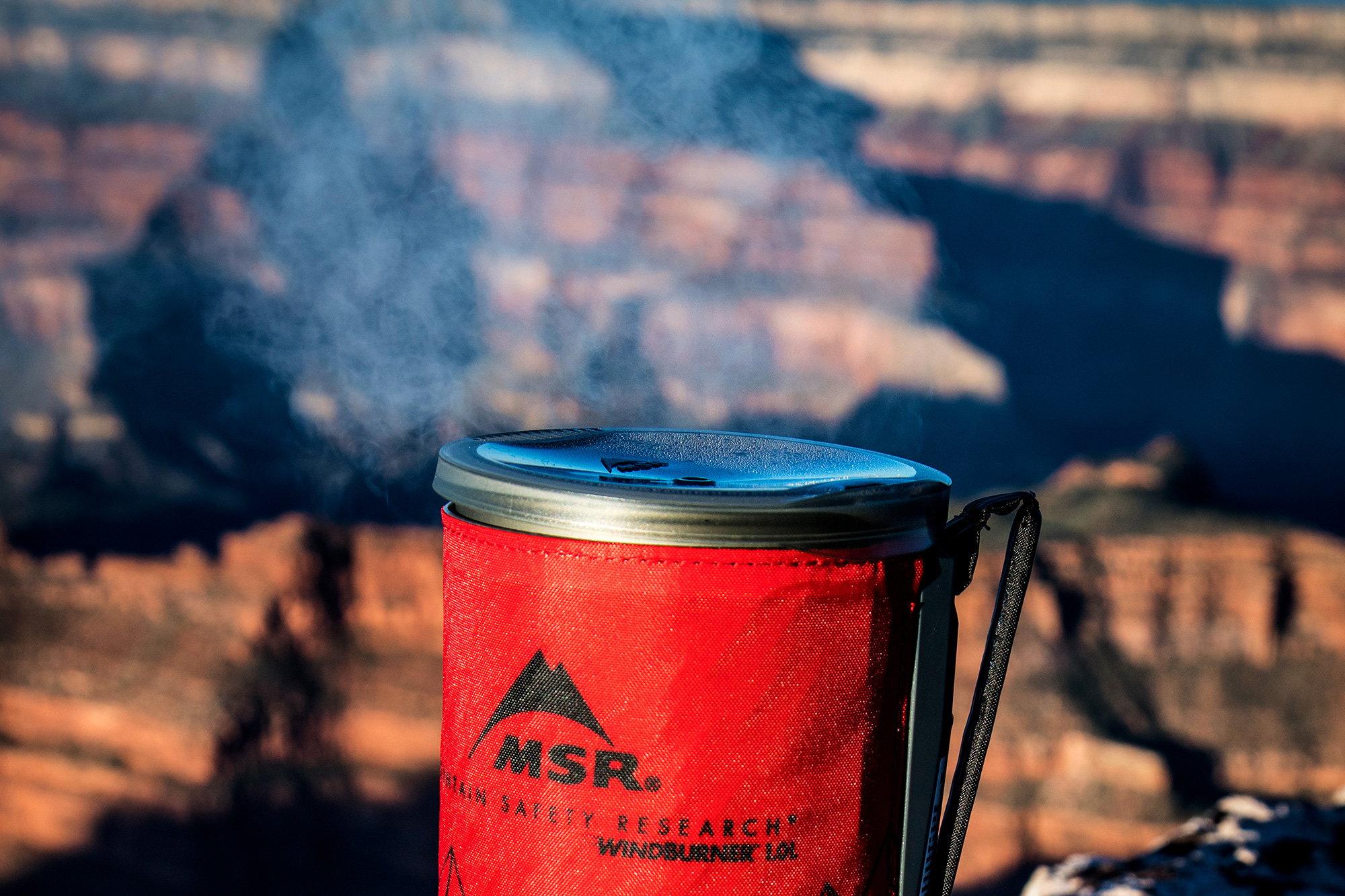When I first saw Leki’s Table XS Lite at Outdoor Retailer Winter Market in January of 2017, I was suddenly very interested in the idea of a packable table. Leki (pronounced Lake-ee) had solved the problem that I’ve always seen folks run into with packable tables: Things set on soft top tables tip over and spill. I’m sure that many readers can relate – when a soft top table is in play, it doesn’t take much to cause a spill. The slightest bump, a breath of wind or other disturbance, or even a second item that causes the soft top table surface to sag can cause things tip over. Even when you get a soft top table perfectly level, there are no guarantees that things placed on the table will stay upright, and it’s this very reason that’s kept me from owning a packable table. Yet, the Table XS Lite is different, because it has a hard top. Upon seeing this, I knew I had to get my hands one and put it to the test.
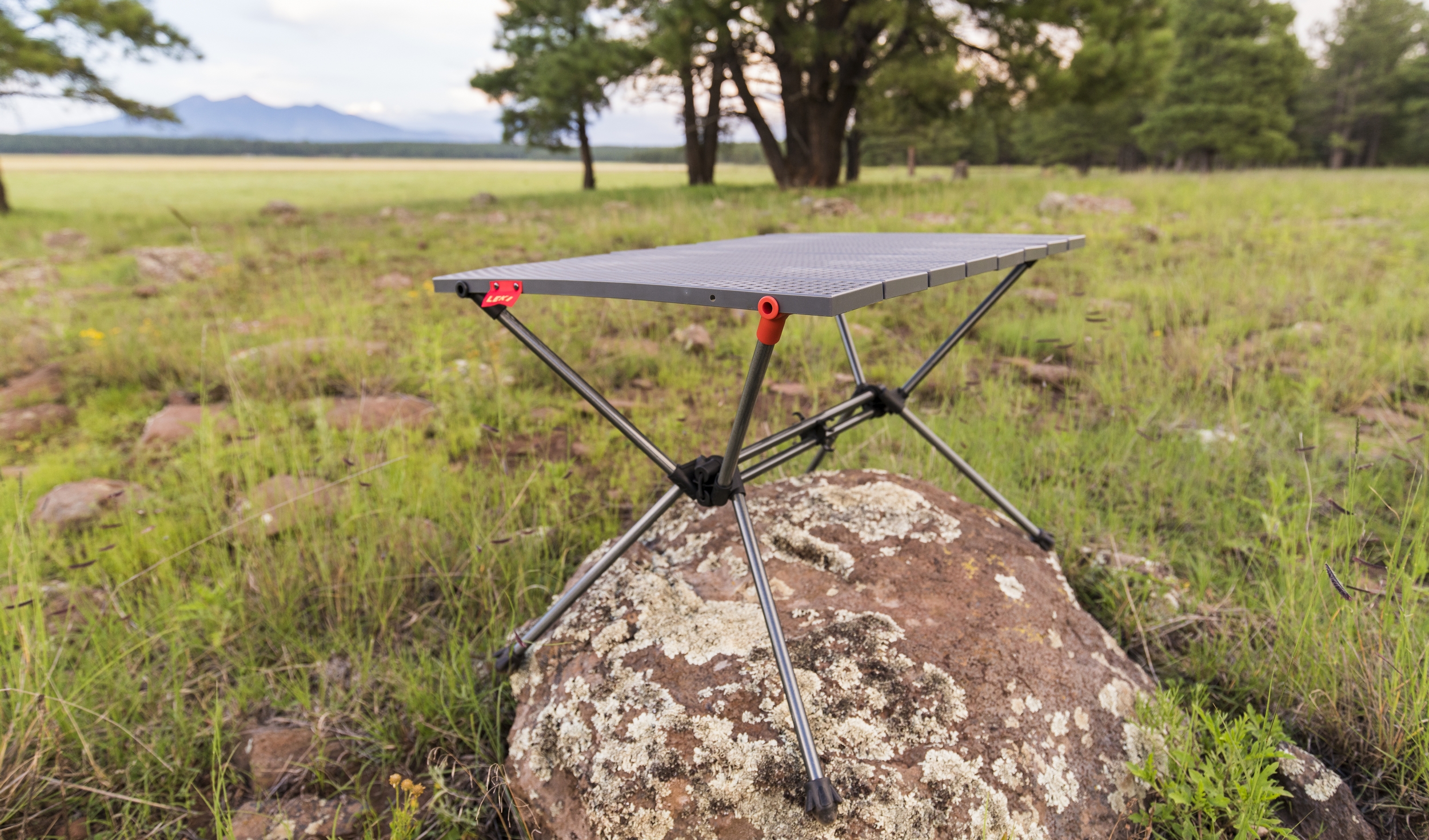
The Table XS Lite falls into the “It’s about time someone made this a thing” category for outdoor gear. It’s a packable table that you can actually use, because you can set things on it without worry (or a severely reduced degree of worry, you can’t cheat the laws of physics) that said things are going to fall over.

The outdoor industry has keyed in on the genius of a hard top packable table too, as other manufactures who only had soft top packable tables on display at winter market, were sporting new hard top tables at this year’s Summer Market. Hard top packable tables make sense, and happen to be quite useful.
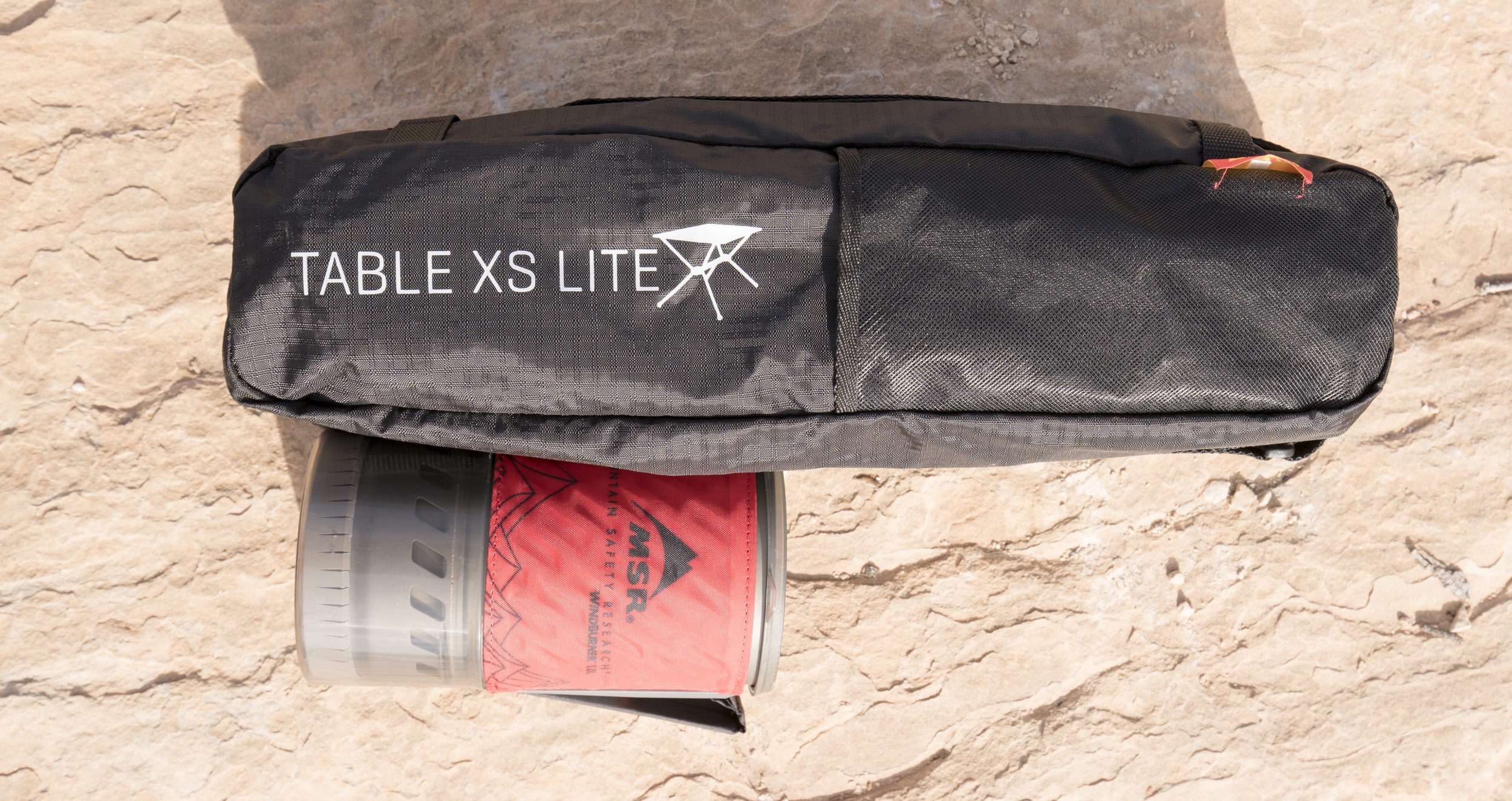
When set up, the Table XS Lite provides a 24 x 16” tabletop that can hold up to 110 pounds (Editor’s note – No that’s not a typo) of gear. The surface is stable and instills trust that whatever things you’re about to set on the table aren’t going to fall over as soon as you look away. Yet, the table weighs in at a mere 1.9 pounds and packs up to measure 16 x 4 x 6 inches, which means you can take it with you on just about any outing. Toss it in your vehicle when you need a quickly deployable table to go with your chair(s) when making camp for the evening. Strap it onto your pannier or soft bags on your moto to keep countless tasks off the ground when you’re living off your bike. I’ve even been known to strap it to my backpack, because it’s just that useful.
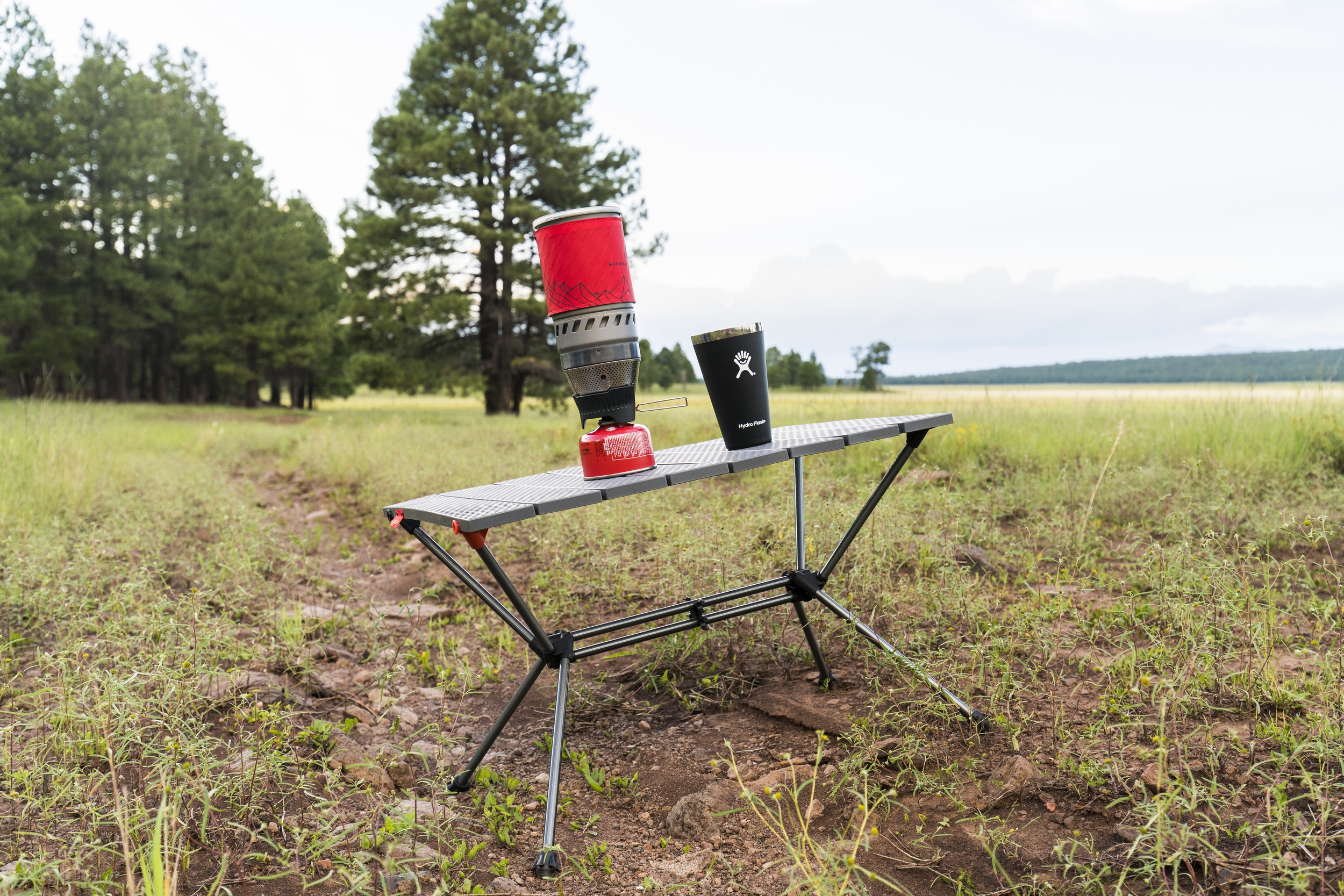
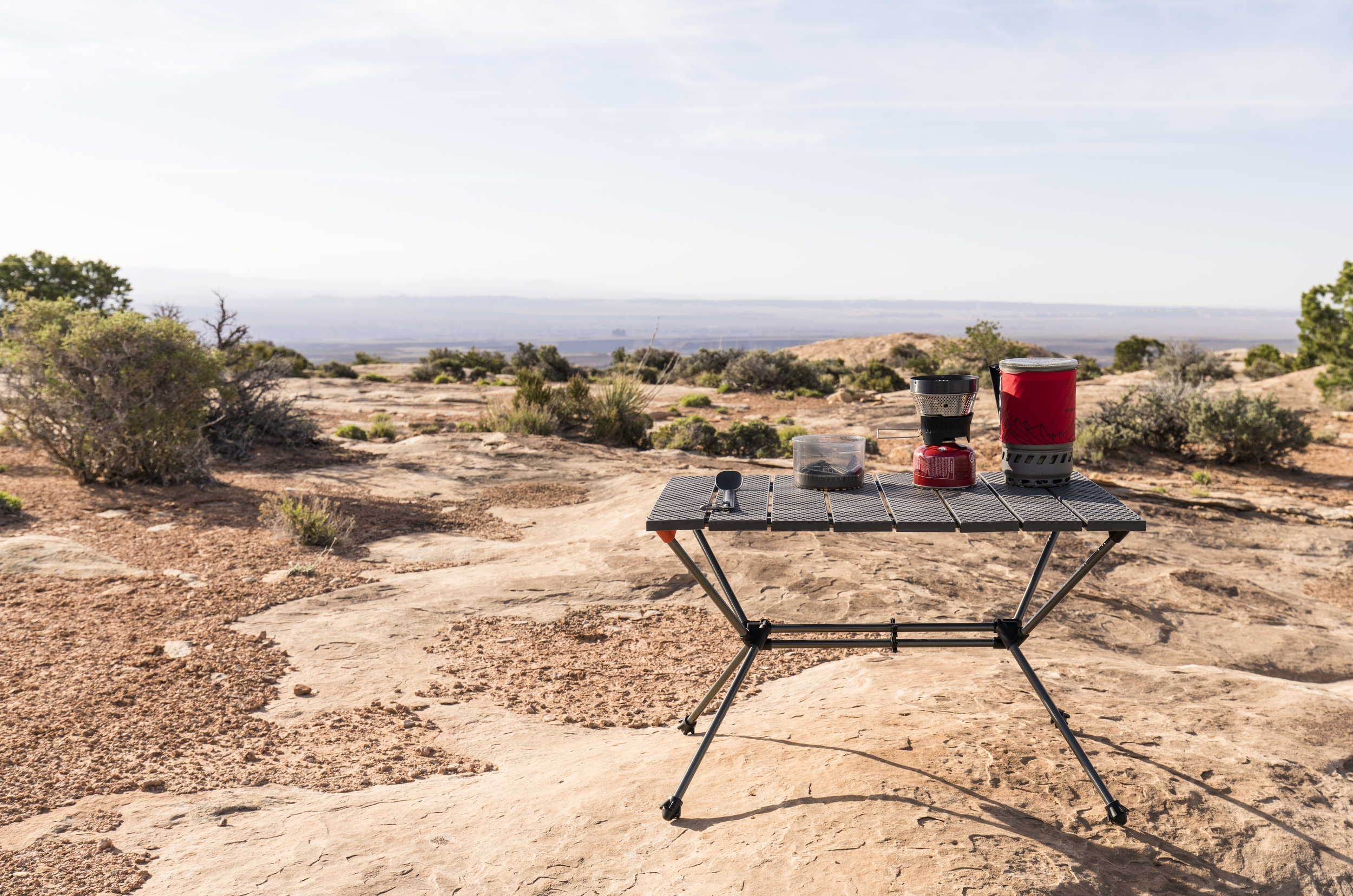
When the ground is a wet, muddy, or uneven proposition, the Table XS Lite becomes even more valuable. Spend a minute setting up the Table XS Lite, and now you don’t have to hunt around for a level spot to set your stove. This also lets you can hydrate meal pouches without worrying about them falling over and spilling your precious calories. You can simply set your beverage down on the table, and not have to look around you for a flat spot to park your drink. Cameras, and other electronic devices also really appreciate not being set down in the dust and dirt too. The Table XS Lite brings real practicality into camp.
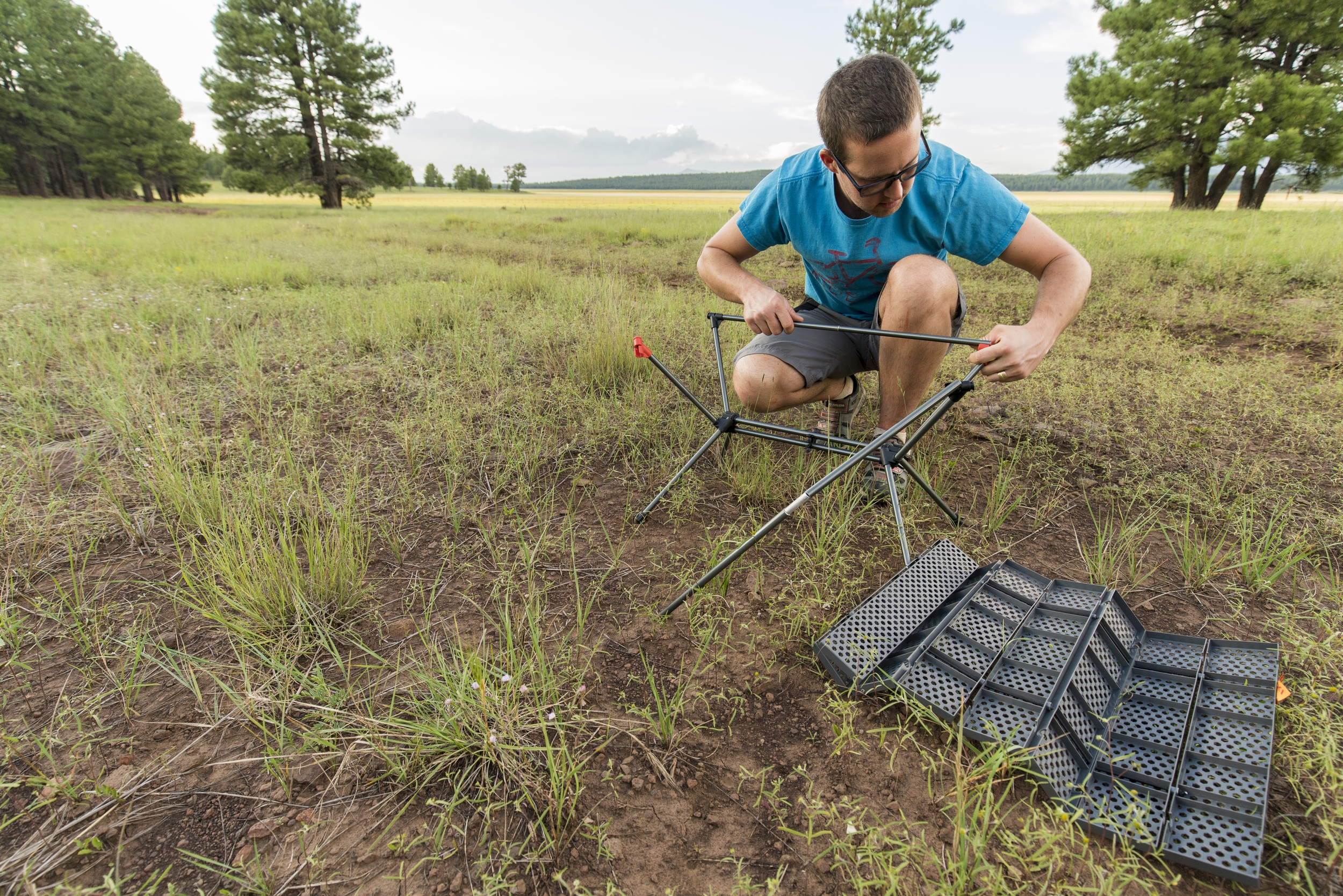
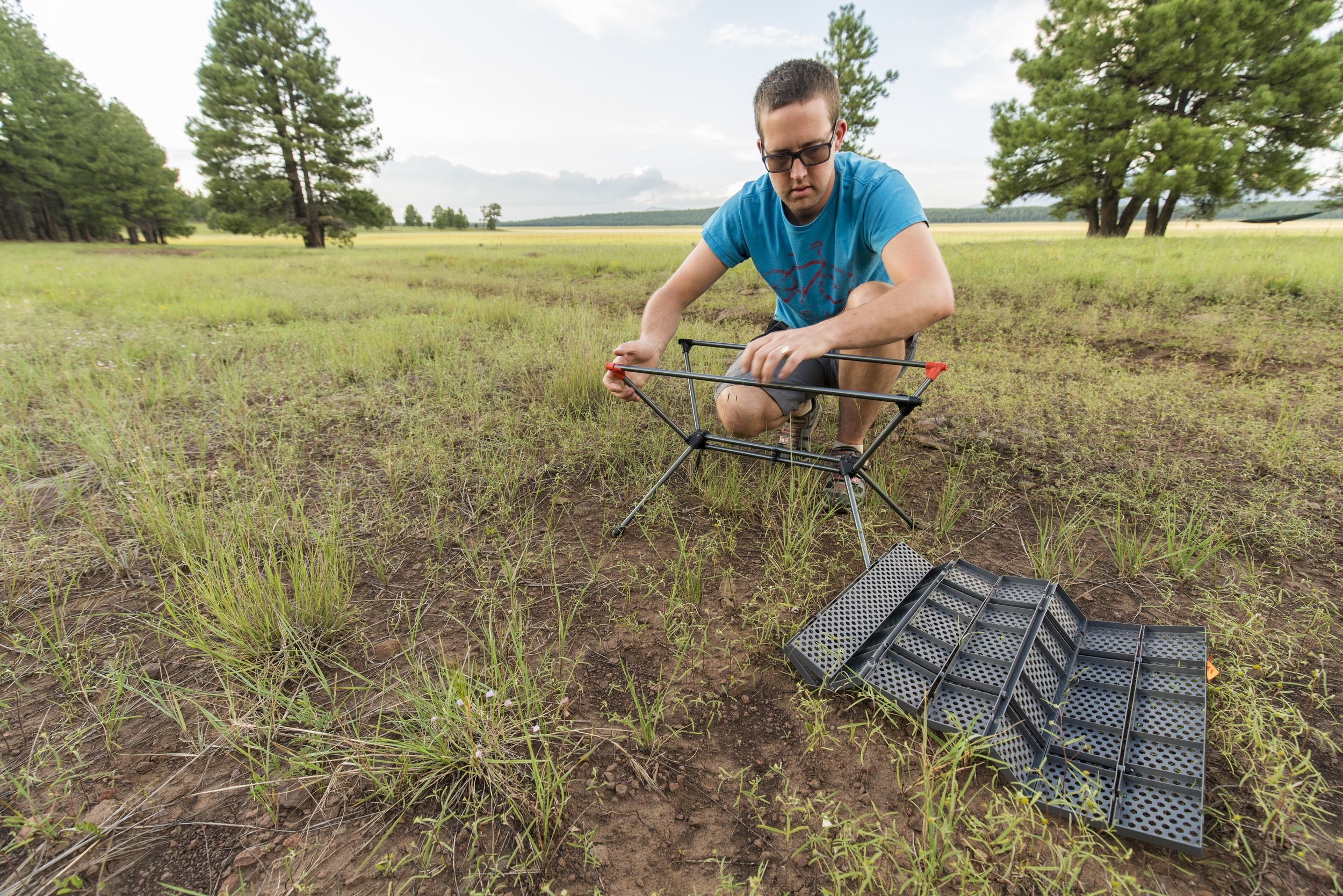


Setting up and packing up the Table XS Lite is something that make take a minute the first time around, as there are 14 individual pole sections that you have to fiddle with. Yet once you’ve used the table a few times you’ll have no problem getting the table out or packed up. Once you have the frame setup, you snap the tabletop sections into place and it’s here that I ran into my one complaint with the table. On our example, all of the edges where the plastic table sections snap on to the frame were rather sharp, so careful handling was required when setting up or breaking down the table. Yet, this wasn’t anything that a few minutes with a deburring tool couldn’t fix when I was home, and I suspect that this is simply a new production issue.
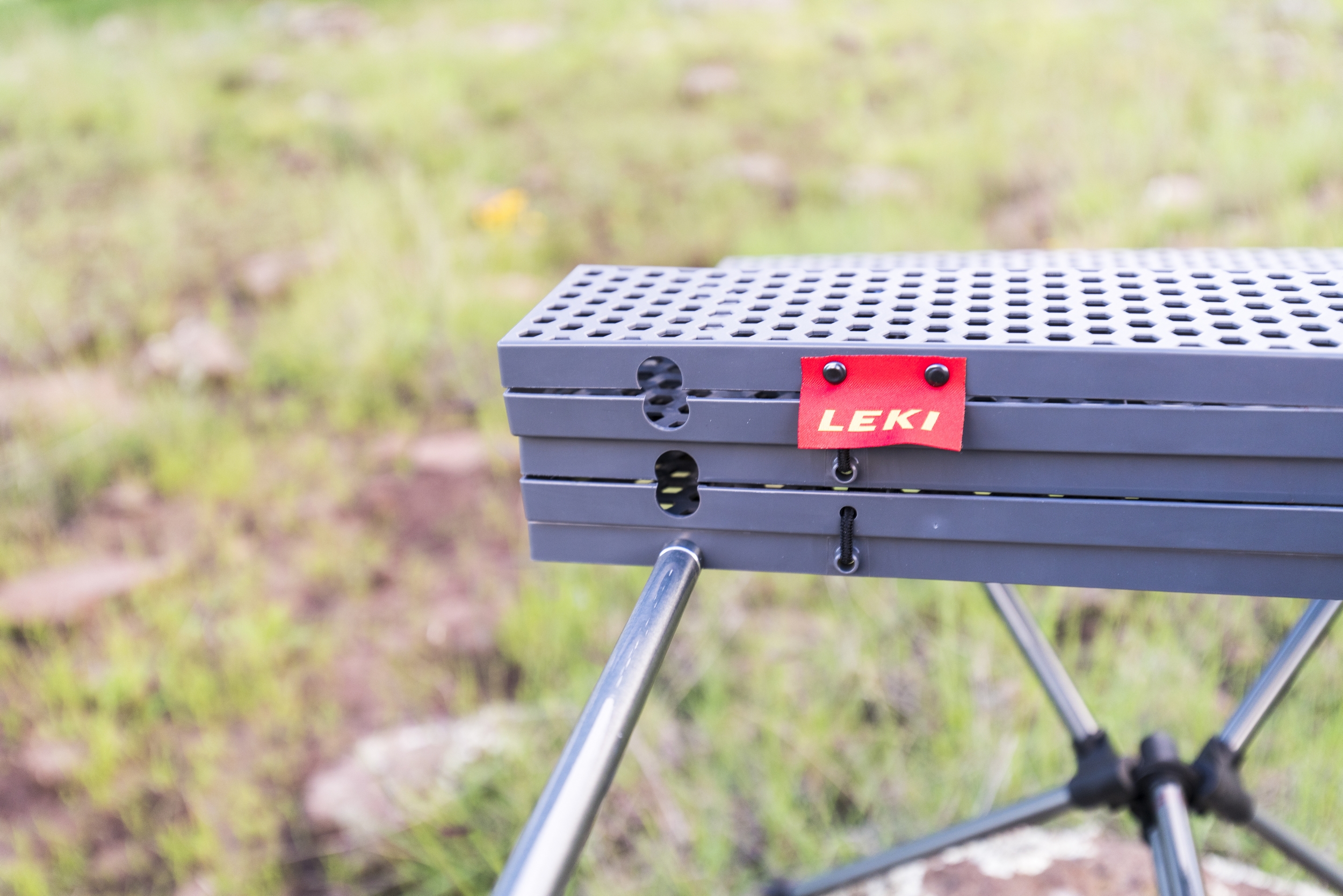
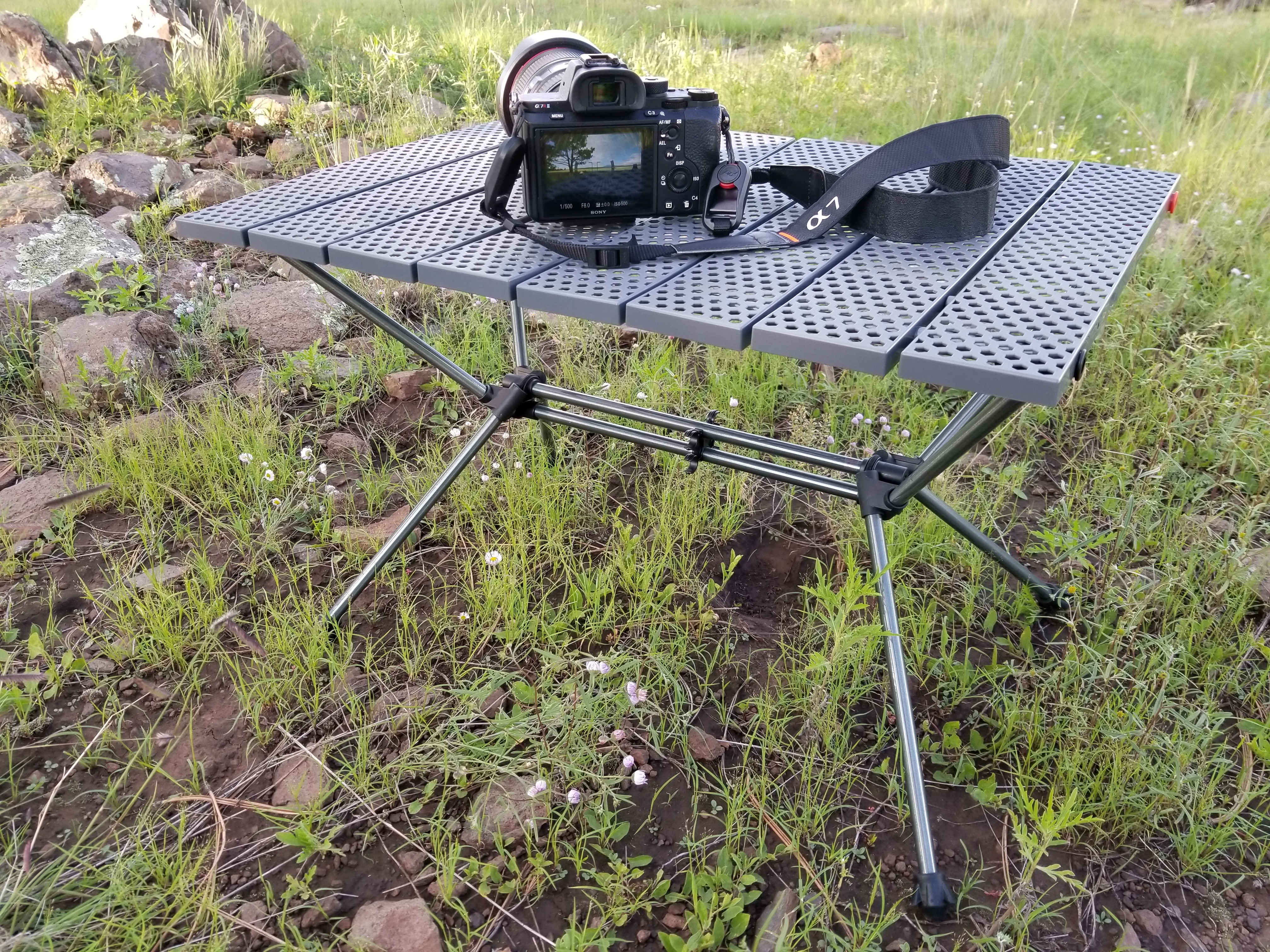
Leki’s Table XS Lite is a great piece of gear, because a hard top packable table is useful in so many different situations. From keeping drinks and meal pouches upright to keeping cameras and food out of the dust and dirt, the table will quickly become part of your standard load out on so many adventures. The table has been on countless outings over the last few months and is no worse for wear – the poles still fit snugly together and the table surface snaps into place confidently.
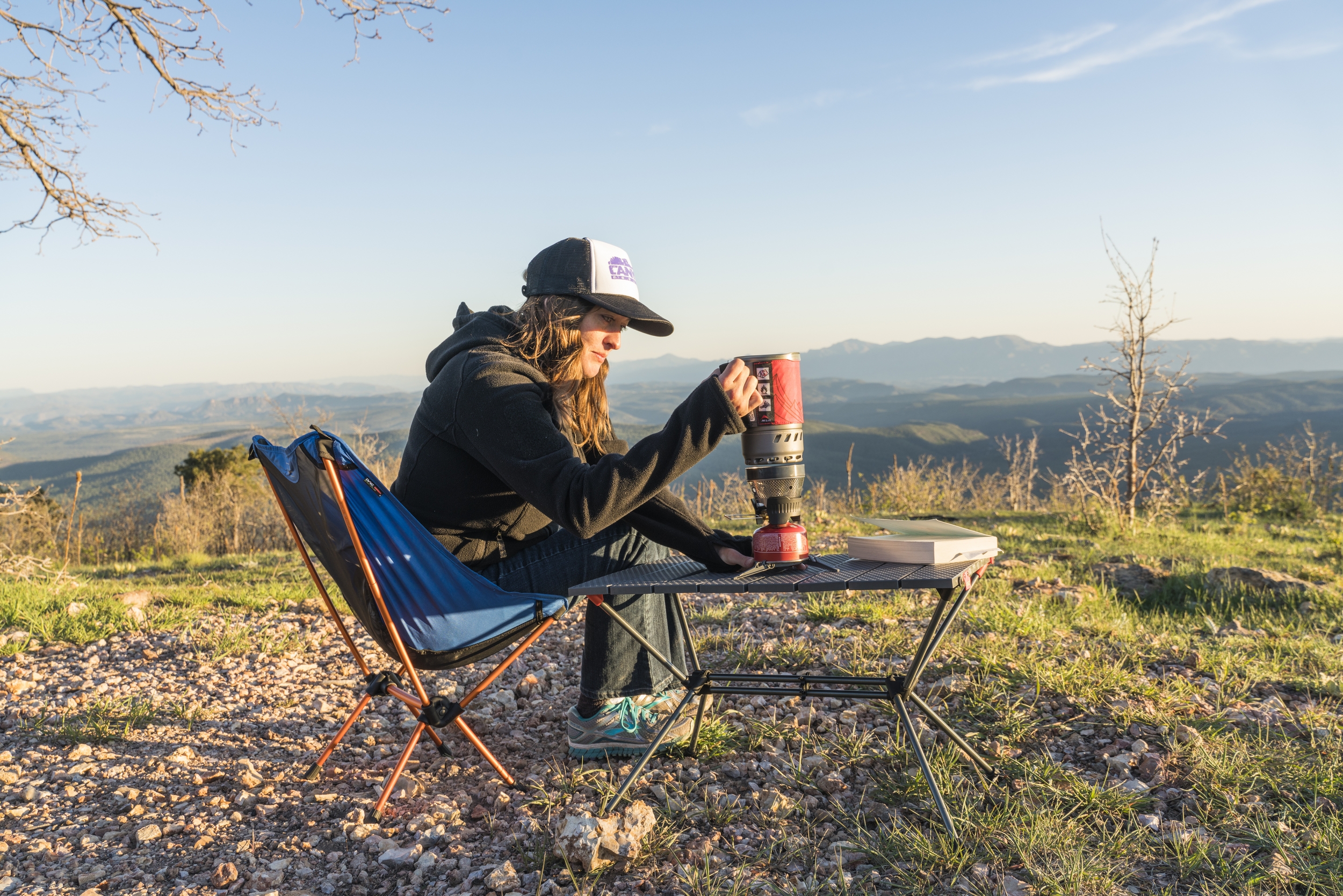
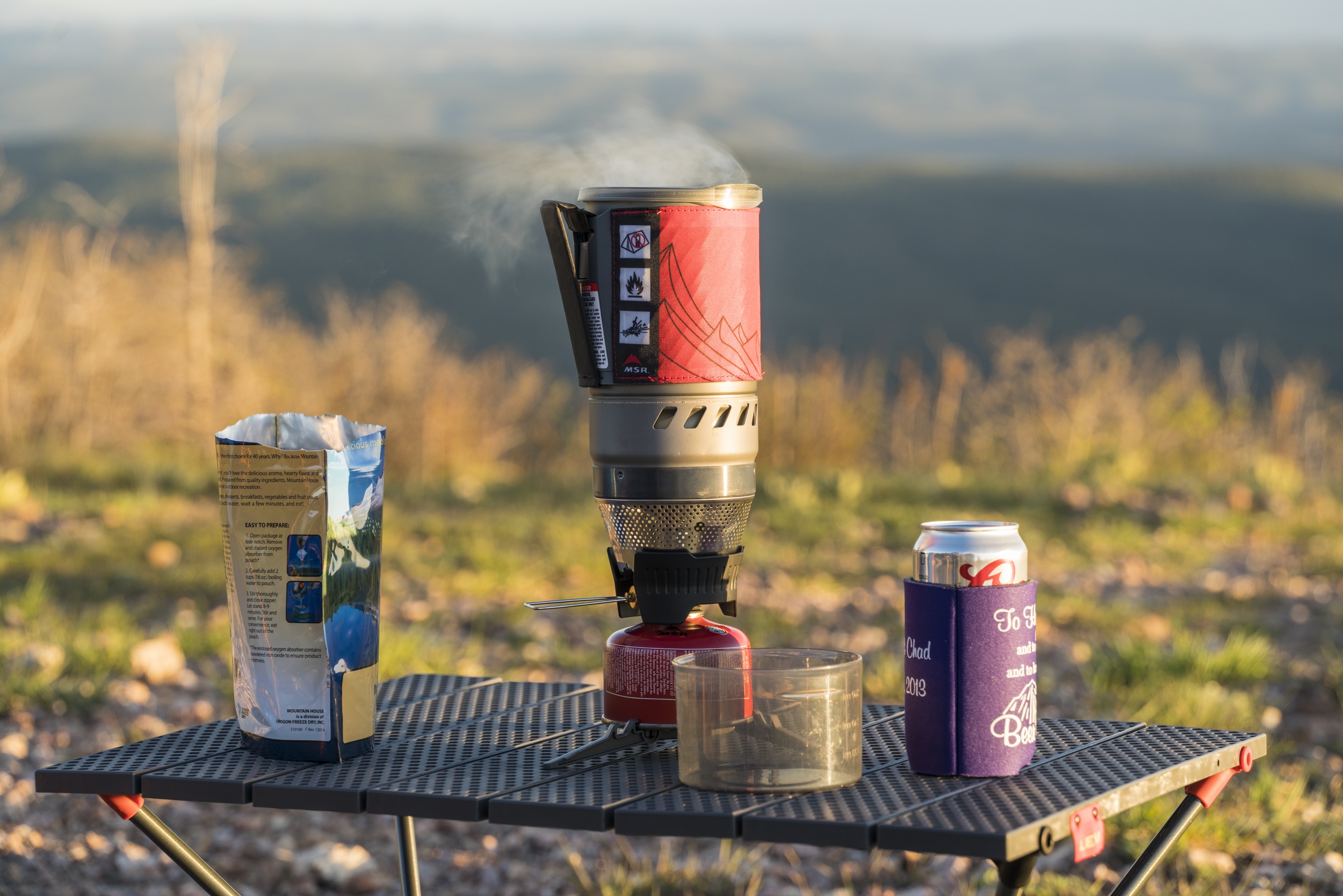
The fact that other brands are launching hard top tables underscores just how brilliant a piece of kit the Table XS Lite is. Packable soft top tables certainly have their uses, and with drink pockets and careful placement they can do a number of things, but placed next to the Table XS Like, they’re not on the same level. Bring the Table XS Lite with you on an outing, and you’ll find yourself reaching for it nearly every time you’re packing for an adventure.

